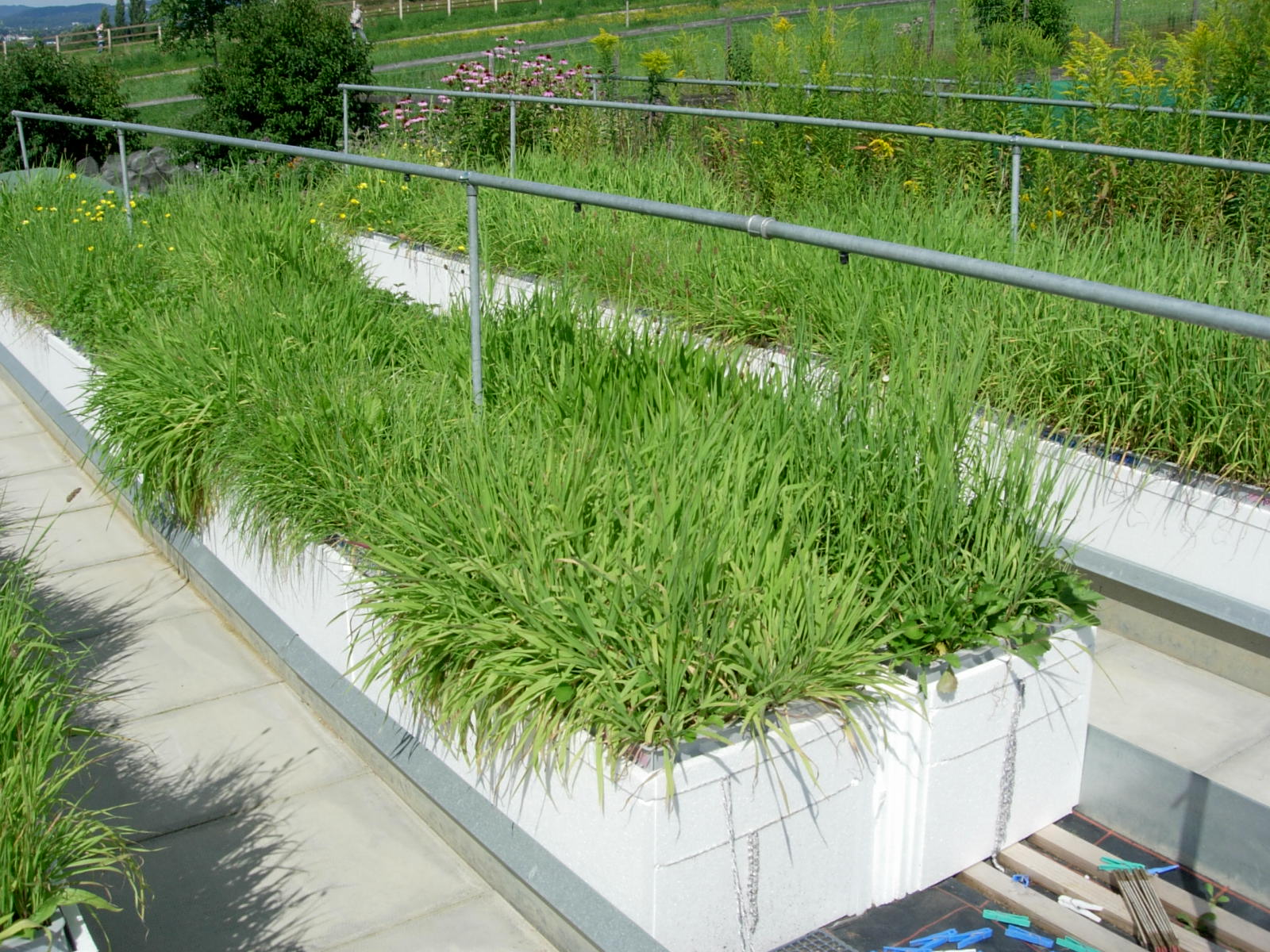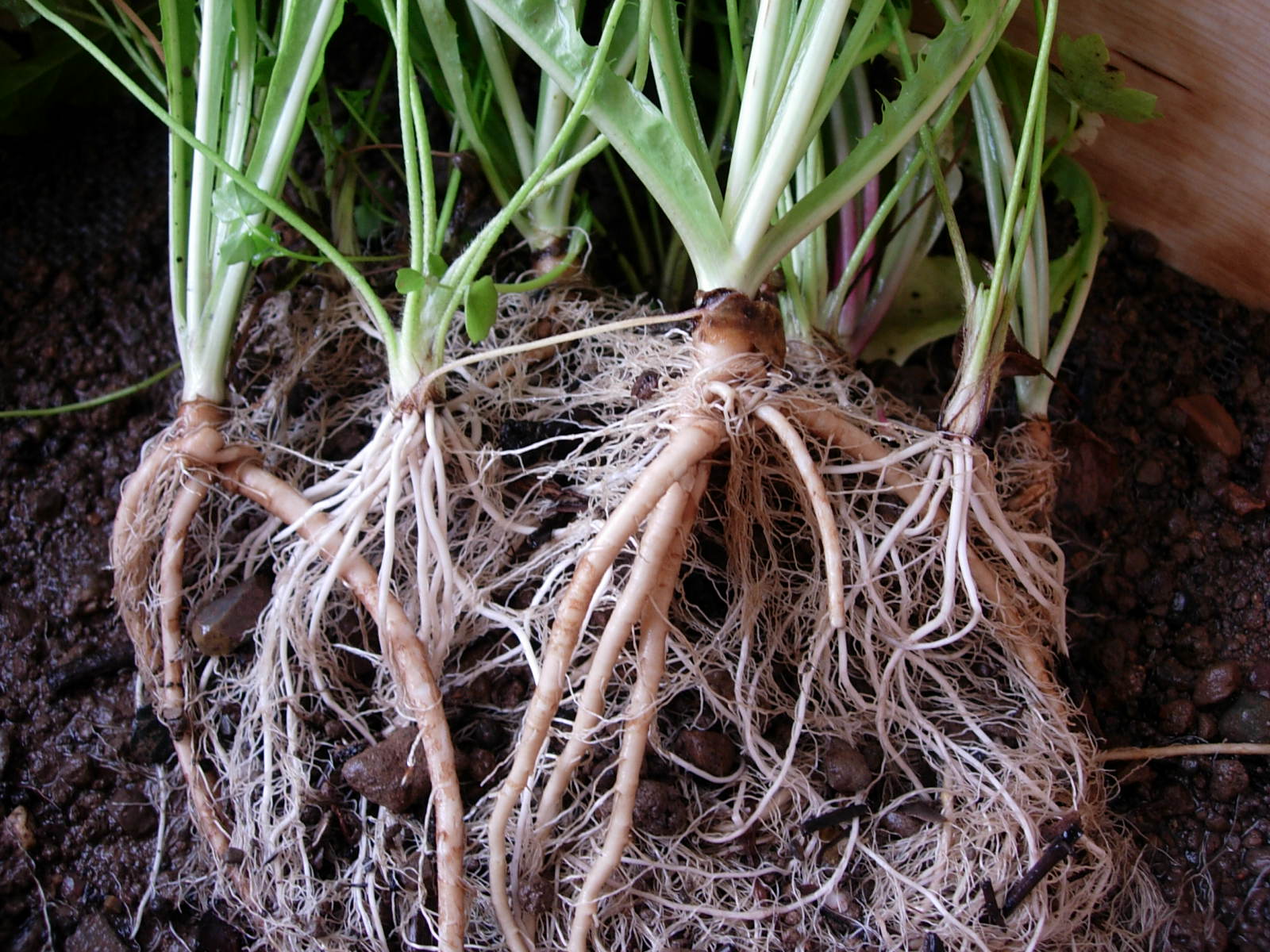The NICHE Experiment
NITROGEN PARTITIONING BETWEEN SPECIES: Resource partitioning is seen as one possible mechanism to explain positive diversity – productivity relationships in temperate grasslands. In general, resource partitioning could be an important mechanism in shaping diverse plant communities. In an outdoor pot experiment we investigated (1) whether temperate grassland species partition nitrogen with respect to soil depth and (2) how nitrogen is partitioned between plants and microbes. Moreover, we tested how the partitioning is affected by plant diversity. We worked with plant communities of 1, 2, and 4 commonly co-occurring species. The uptake of nitrogen from two soil layers into plants and microbes was tracked using 15N-labelling techniques.
This project was funded by a graduate research fellowship from the Zürich-Basel Plant Science Center to Nina Buchmann (Institute of Plant Sciences, ETH Zurich), Pascal Niklaus (Institute of Botany, University of Basel, now also at the Institute of Plant Sciences, ETH Zurich), and Andrew Hector (Institute of Environmental Science, University of Zürich) during 2005 to 2008.
This project was to our knowledge the first to use 15N to investigate N partitioning among plant species across gradients of plant species richness. We could clearly demonstrate that species respond to interspecific competition by changes in N uptake patterns, and that niche overlap between species decreased with species richness. However, species N uptake patterns in mixtures were not as distinct as expected, and our results provide limited evidence for complementary N use as being a main mechanism to explain positive effects of species richness on productivity or species coexistence. In addition, although a small effect of plant species richness on total plant N uptake seems possible, higher biomass production in diverse plant communities does not necessarily require higher N uptake, but can be mediated by higher biomass:N ratios. Finally, although our results provide limited evidence for the existence of N niches in plant communities, they neither support neutrality as a mechanism, because of species differences and interactions. We assume it quite likely that plant coexistence is mediated by a combination of mechanisms (e.g., high-dimensional niches) instead of a single most important one (e.g., low-dimensional niches).
Publications
von Felten S, Schmid B (2008) Complementarity among species in horizontal vs. vertical rooting space. Journal of Plant Ecology 1:33-41
von Felten S, Buchmann N, Scherer-Lorenzen M (2008) Preferences for different nitrogen forms by coexisting plant species and soil microbes: comment. Ecology 89:878–879
von Felten S, Buchmann N, Hector A, Niklaus PA, Schmid B, Scherer-Lorenzen M (2009) Belowground nitrogen partitioning in experimental grassland plant communities of varying species richness. Ecology 90: 1389–1399

